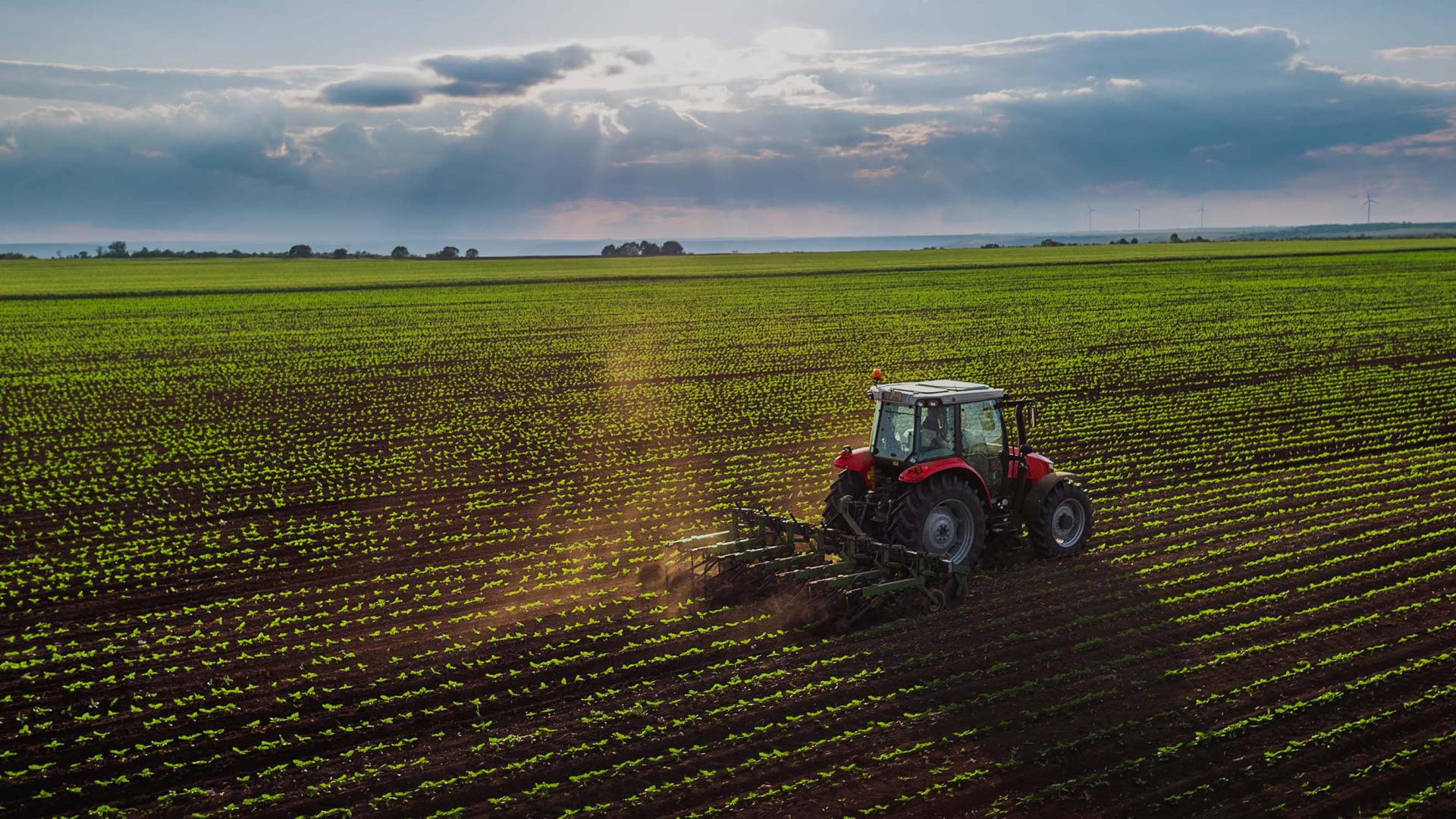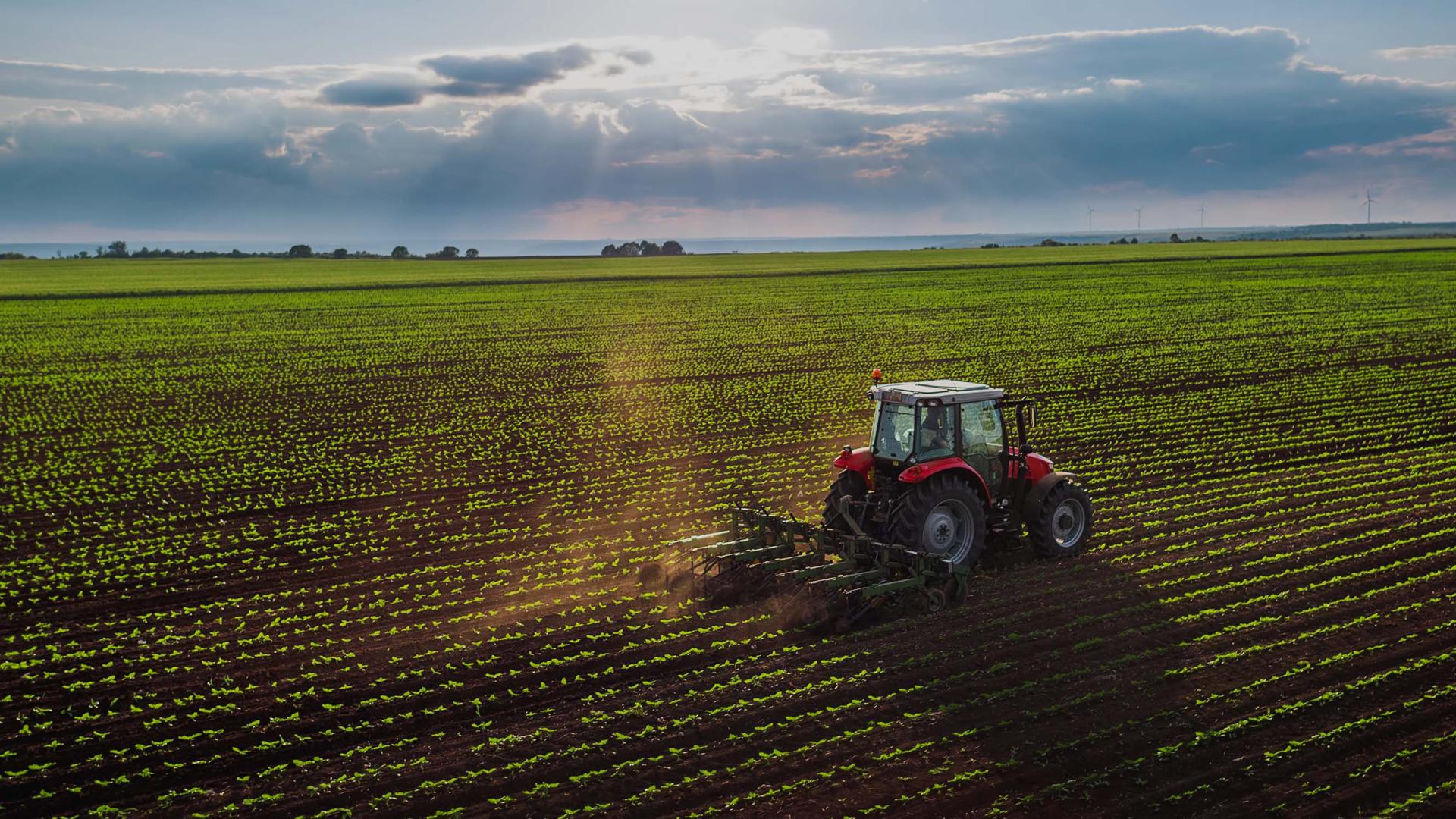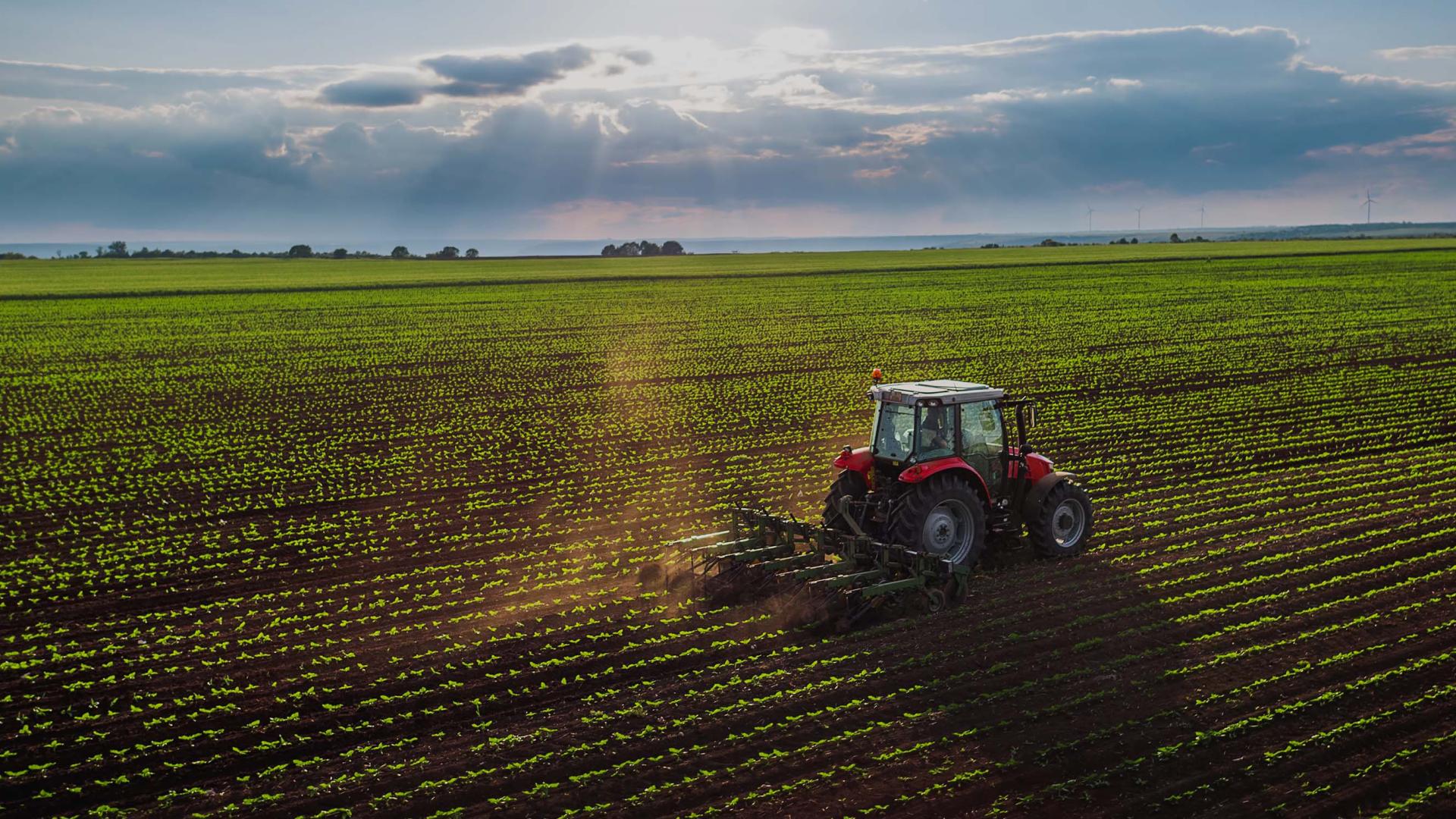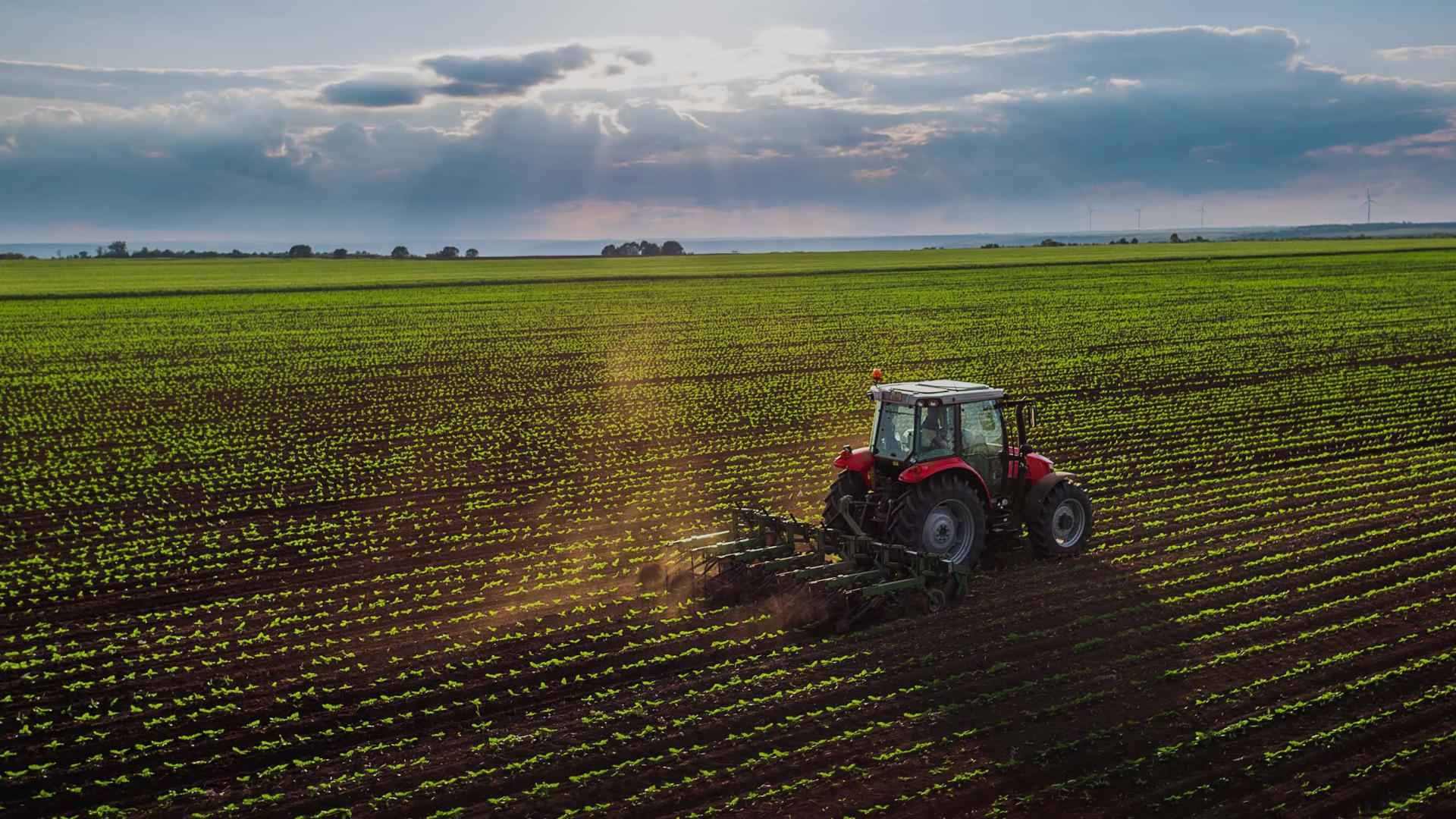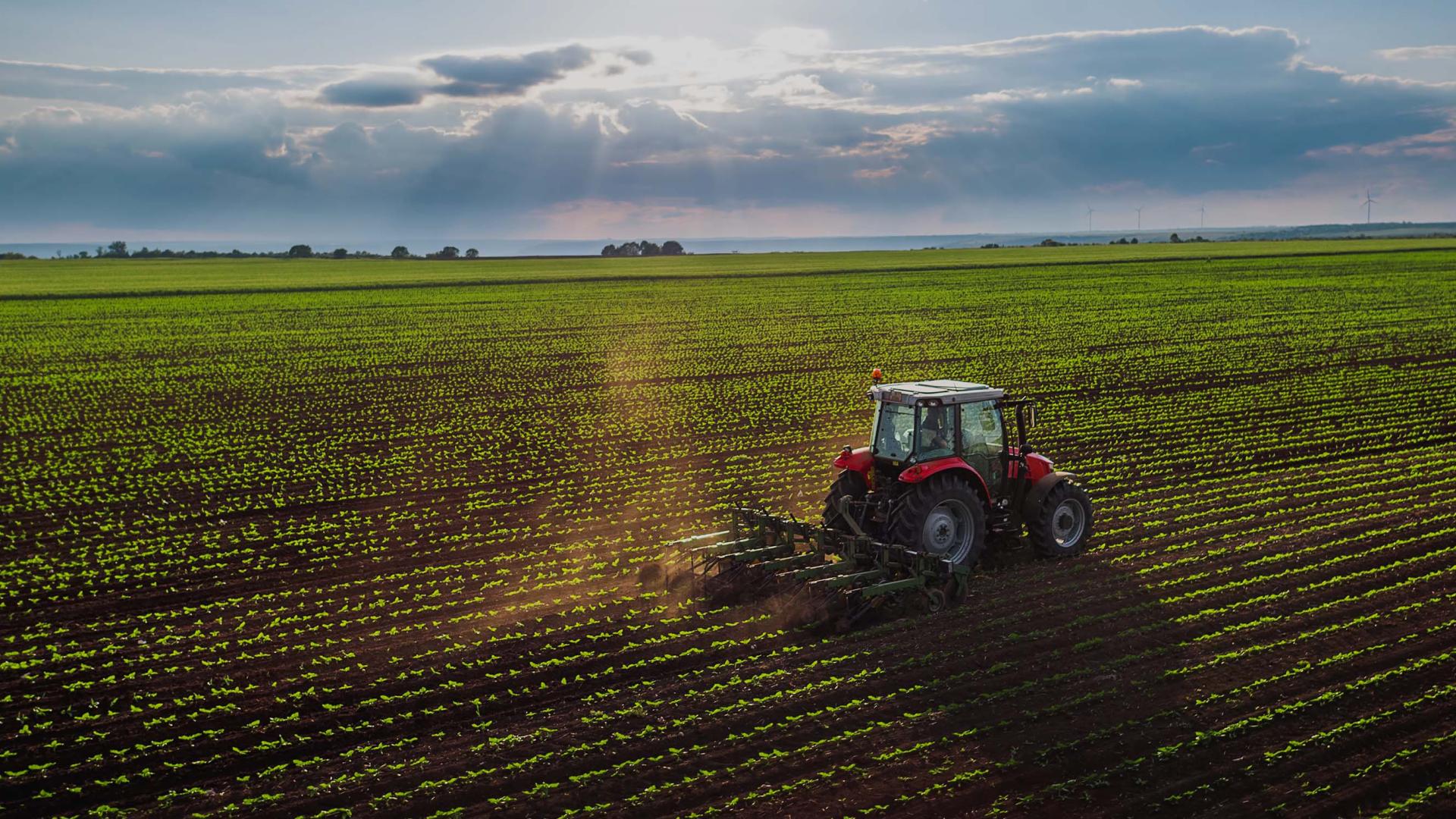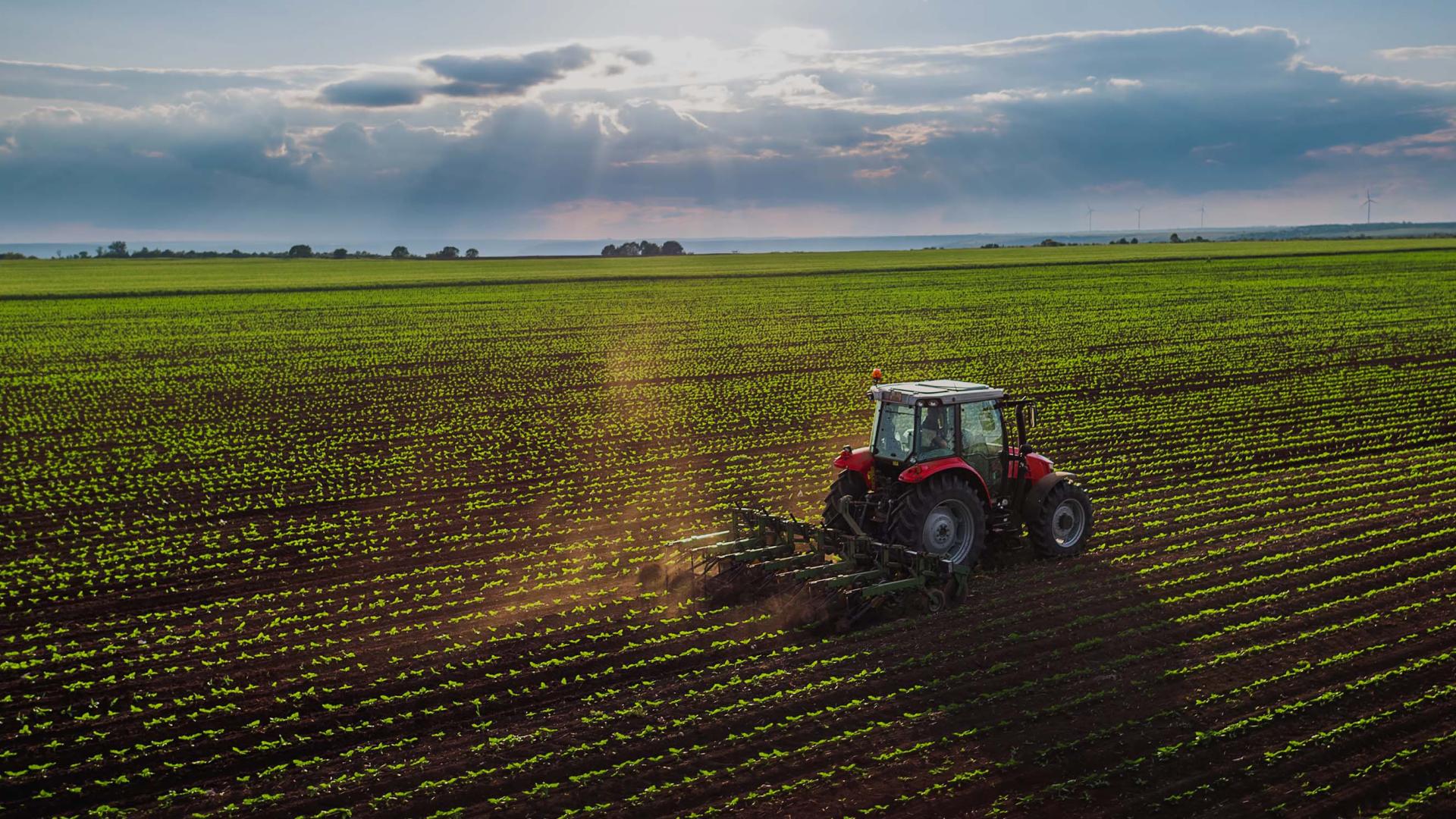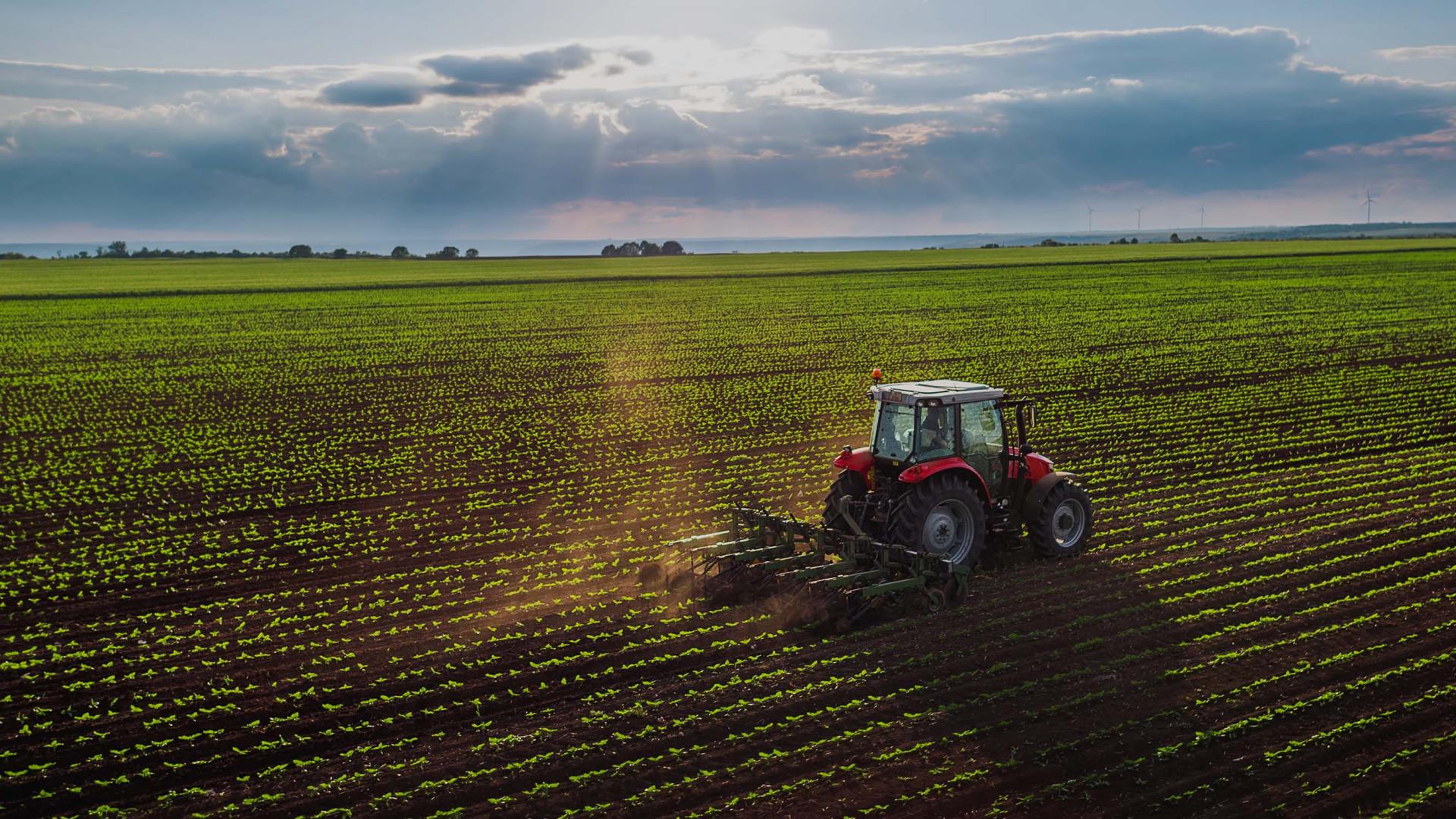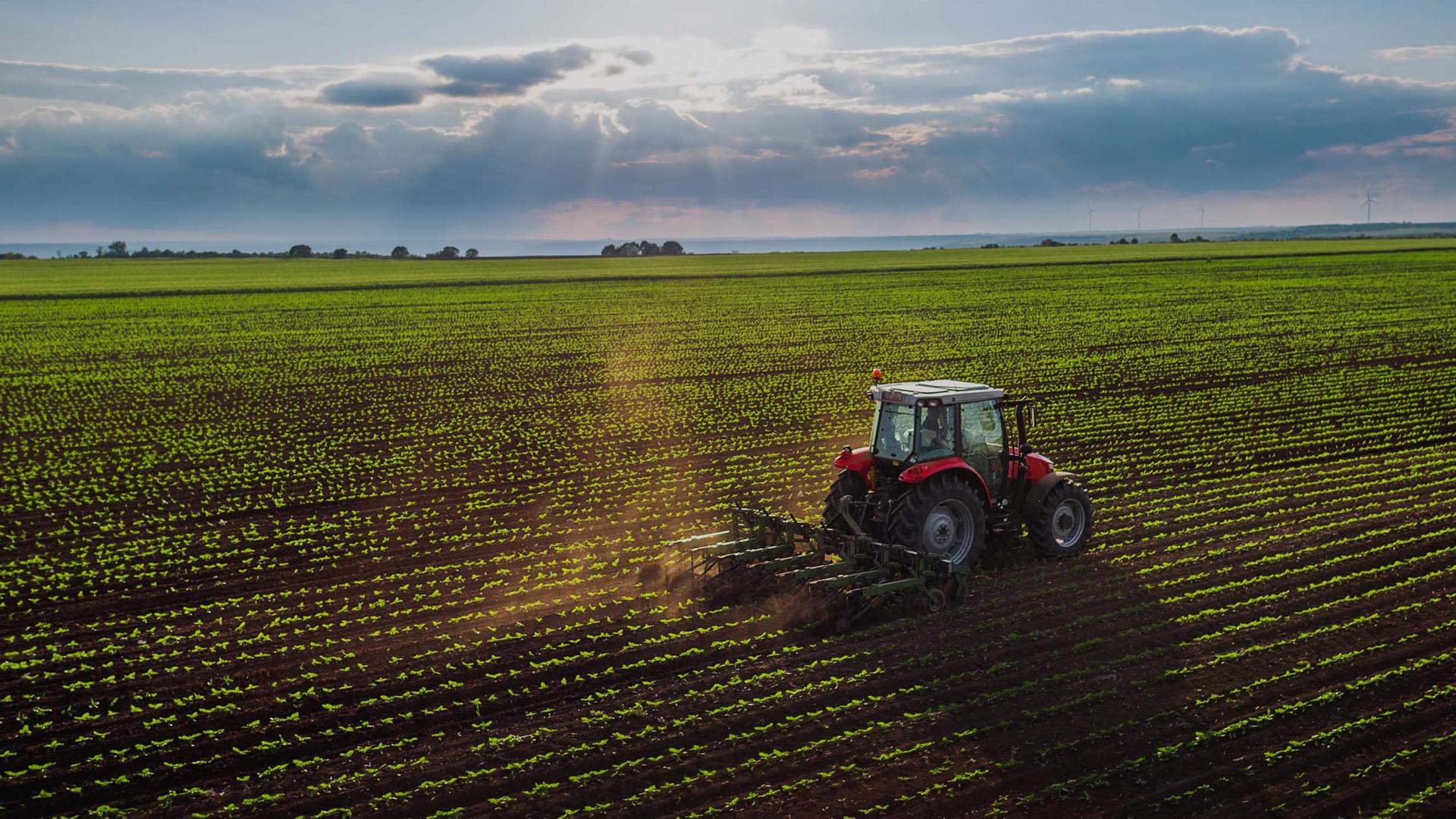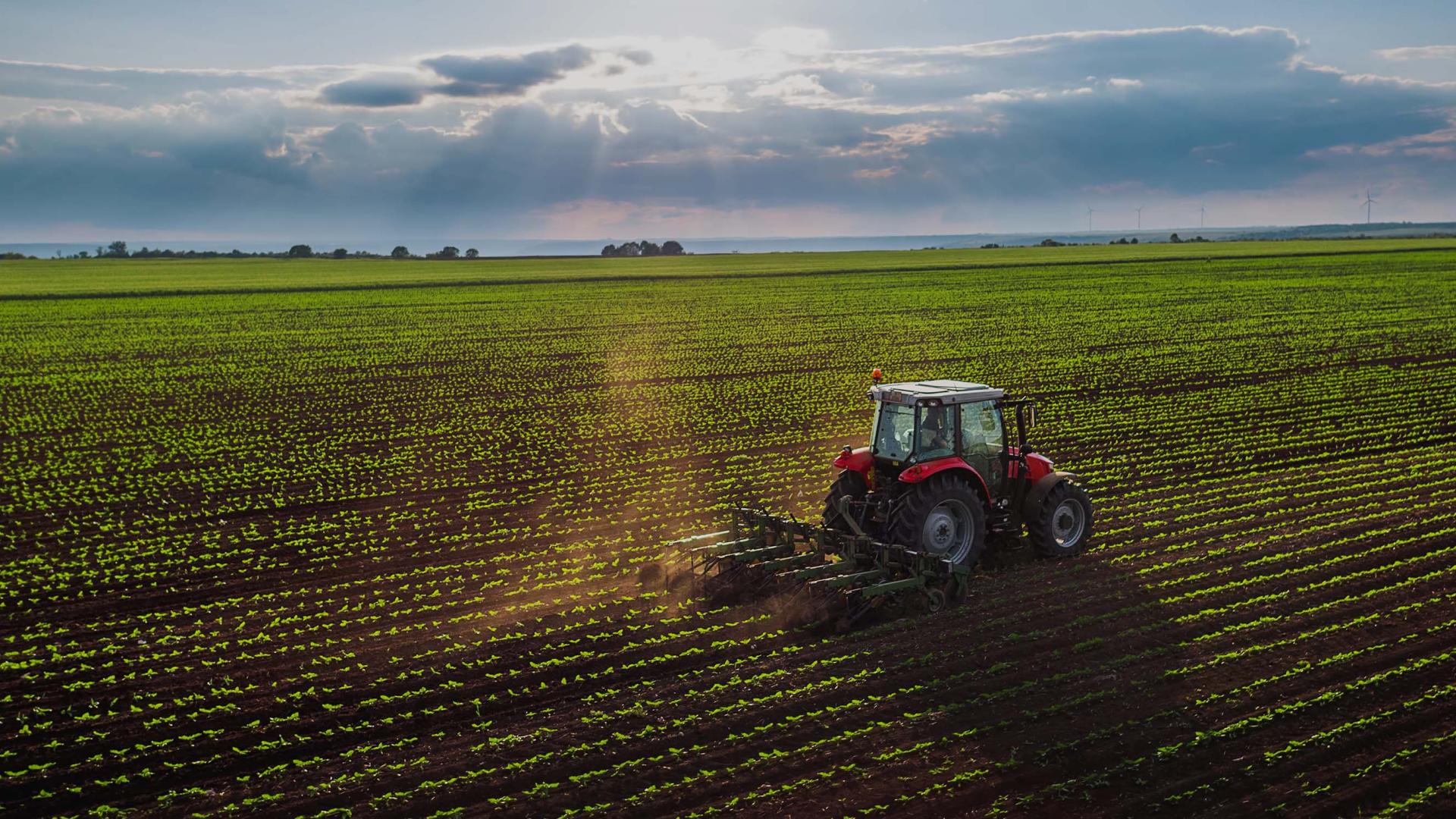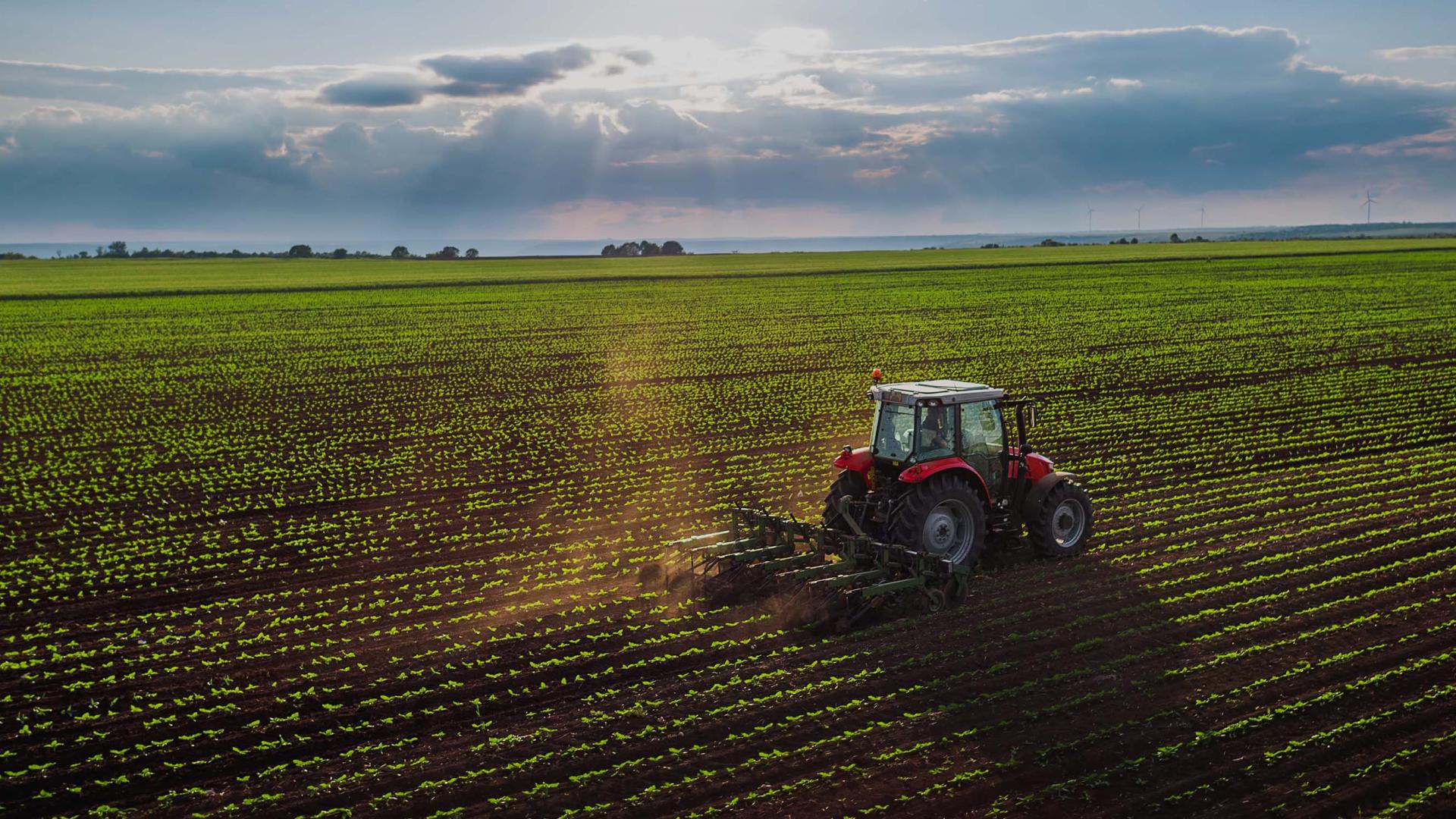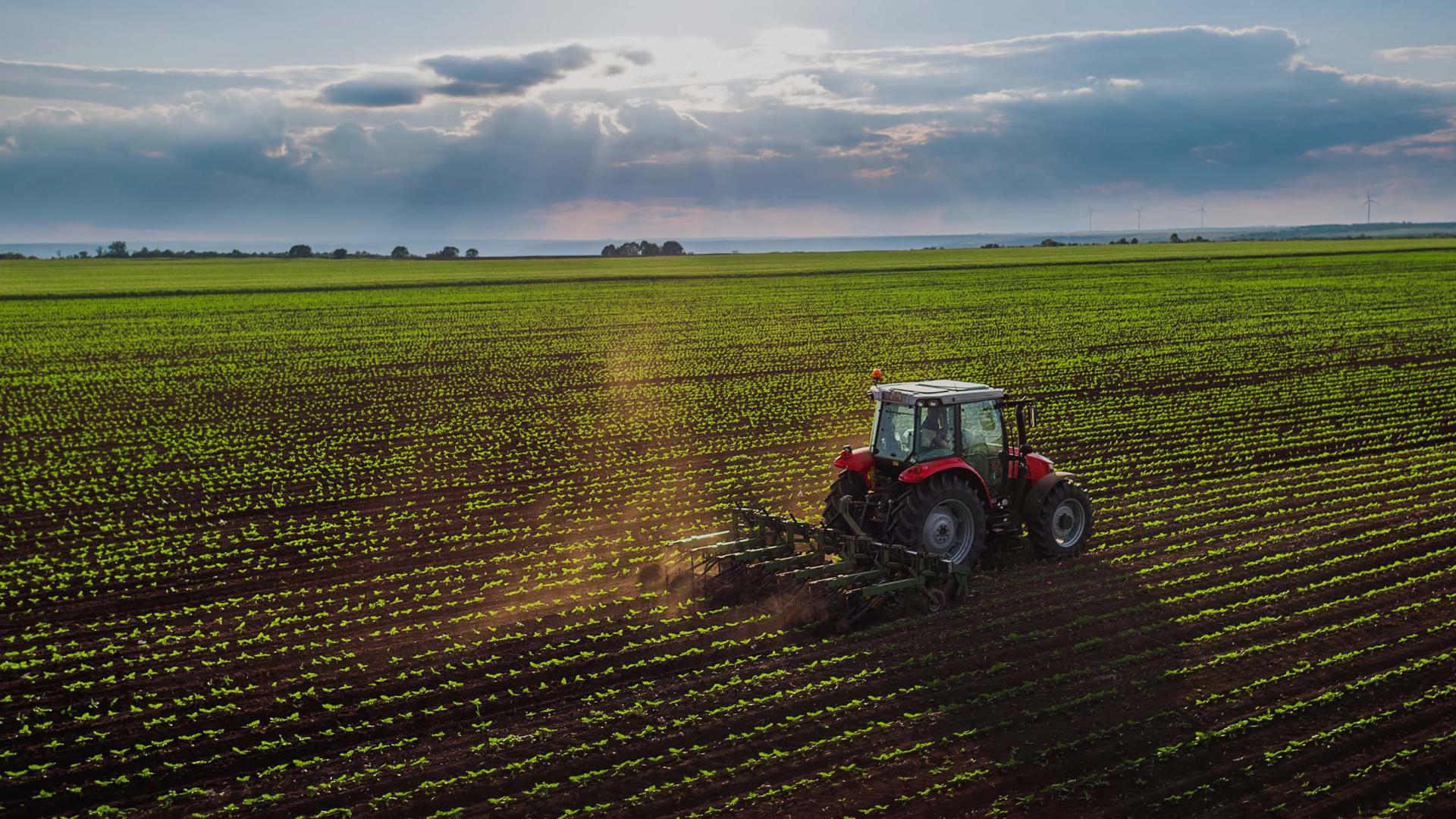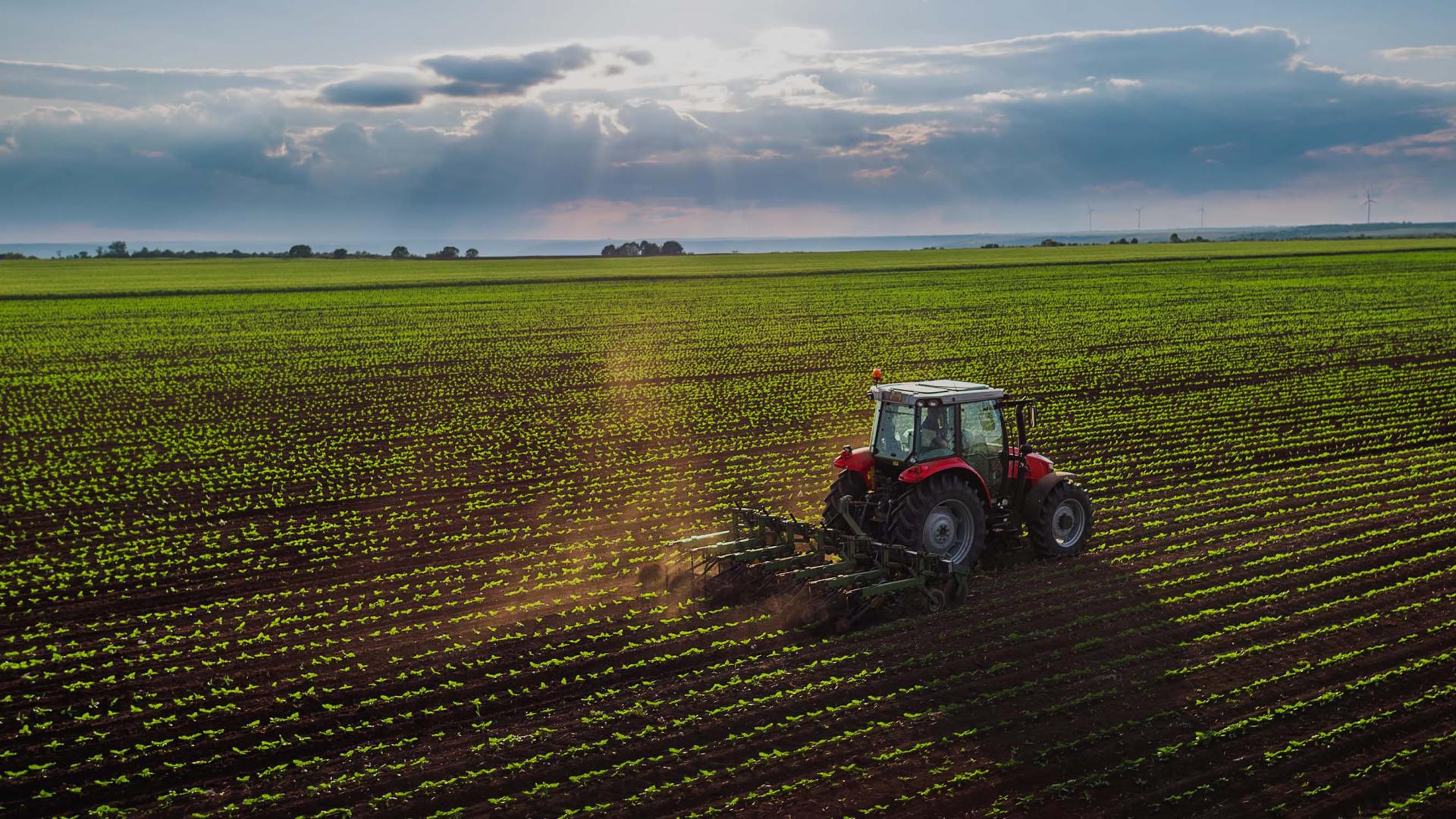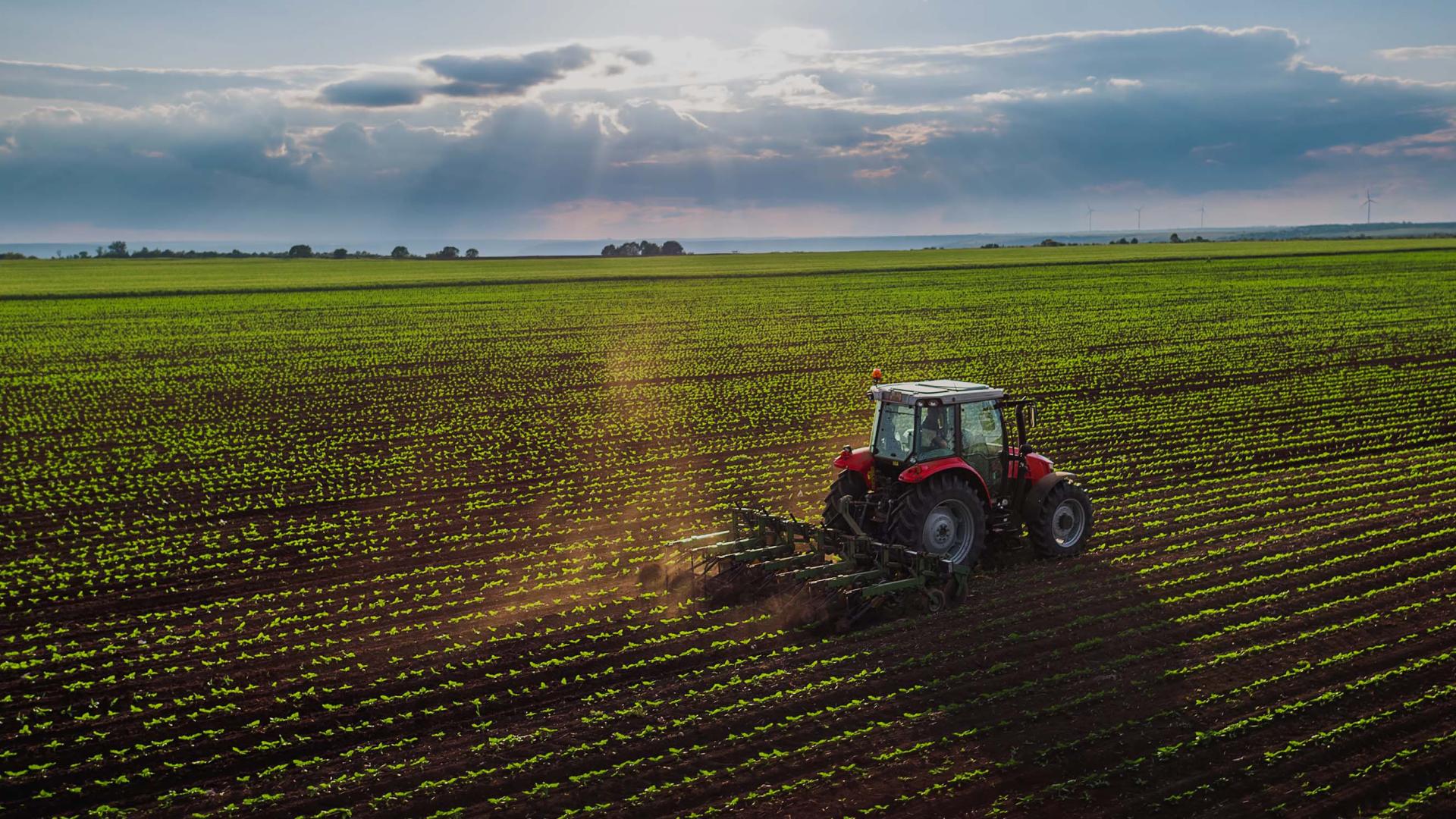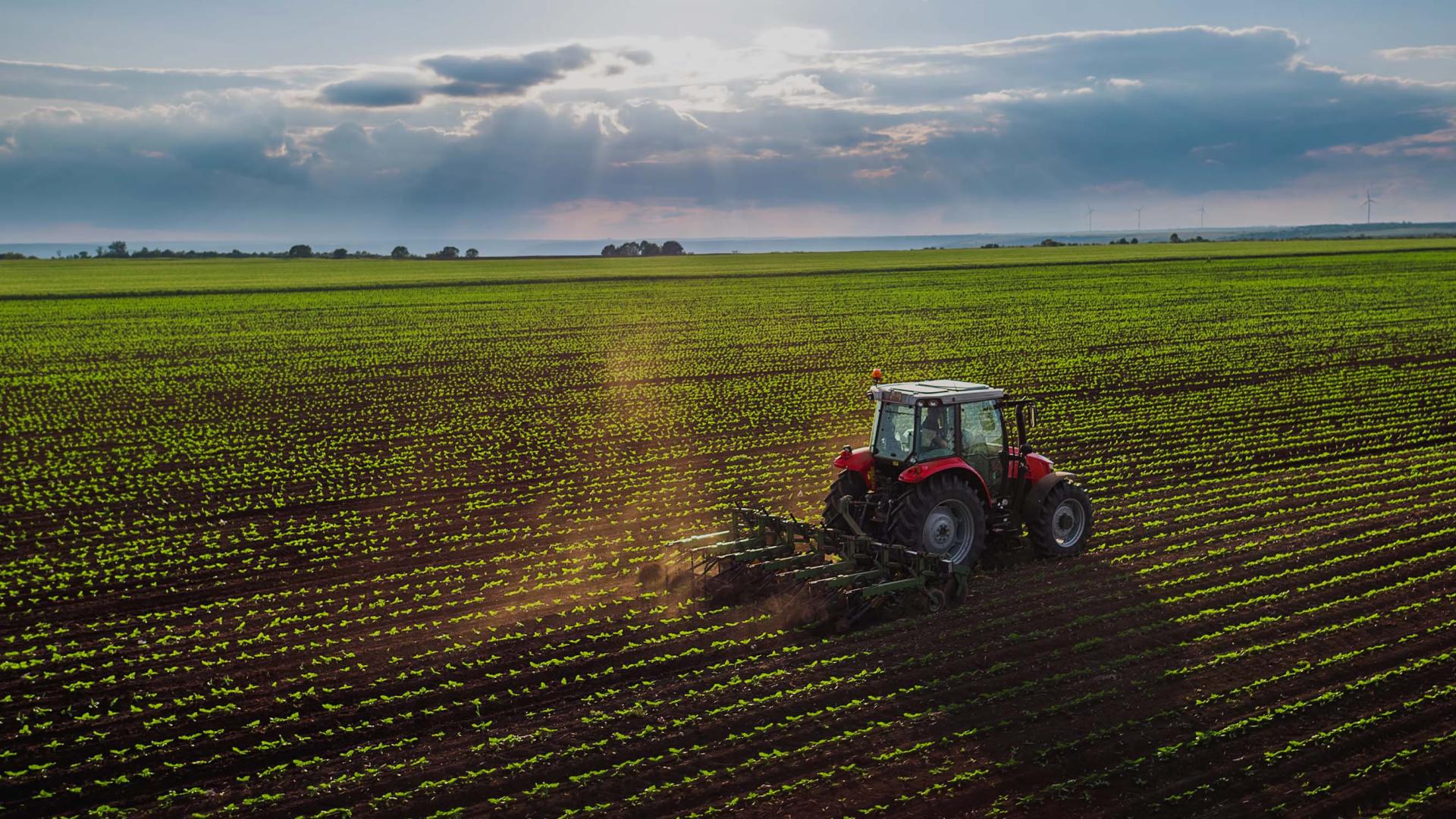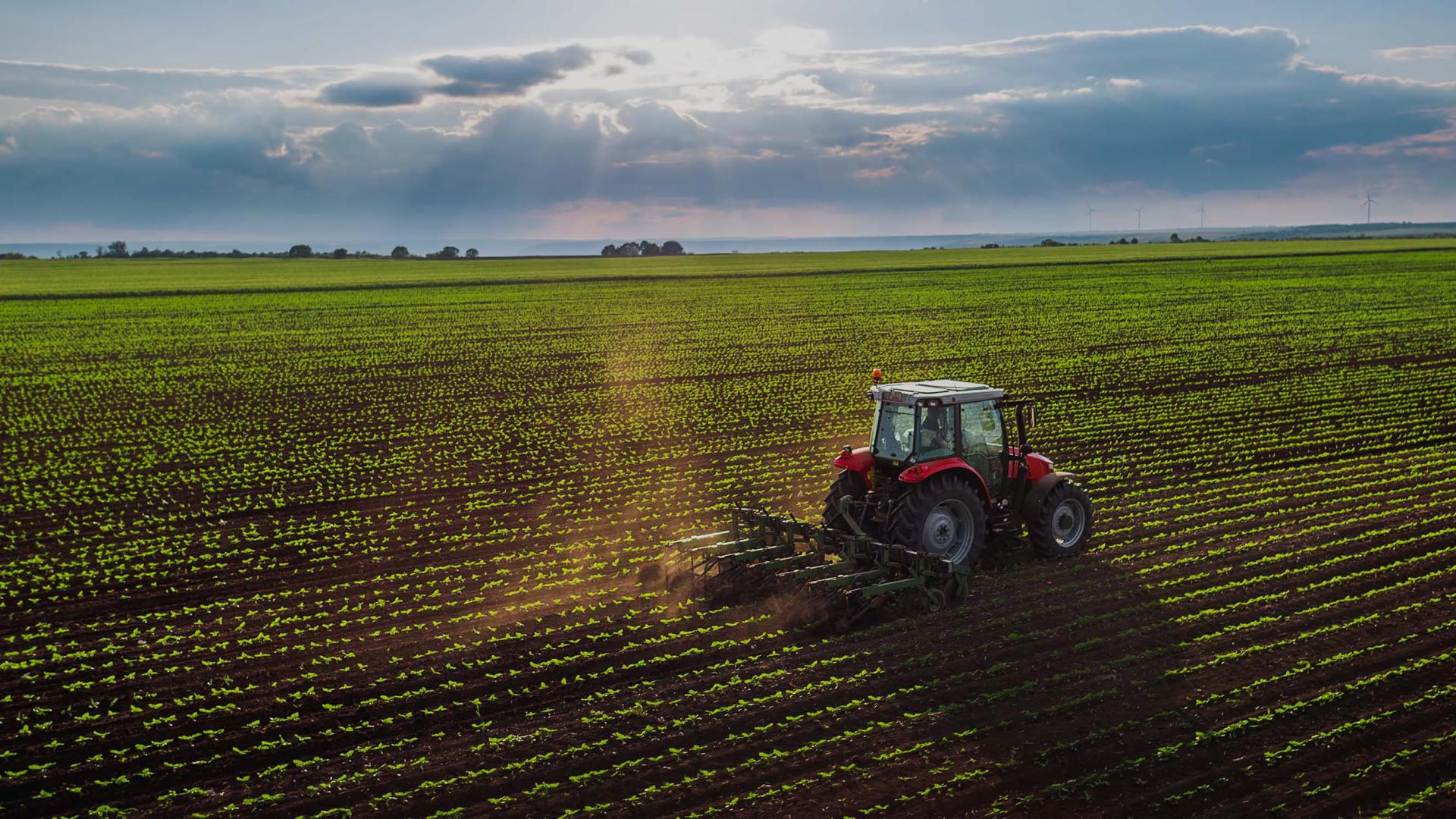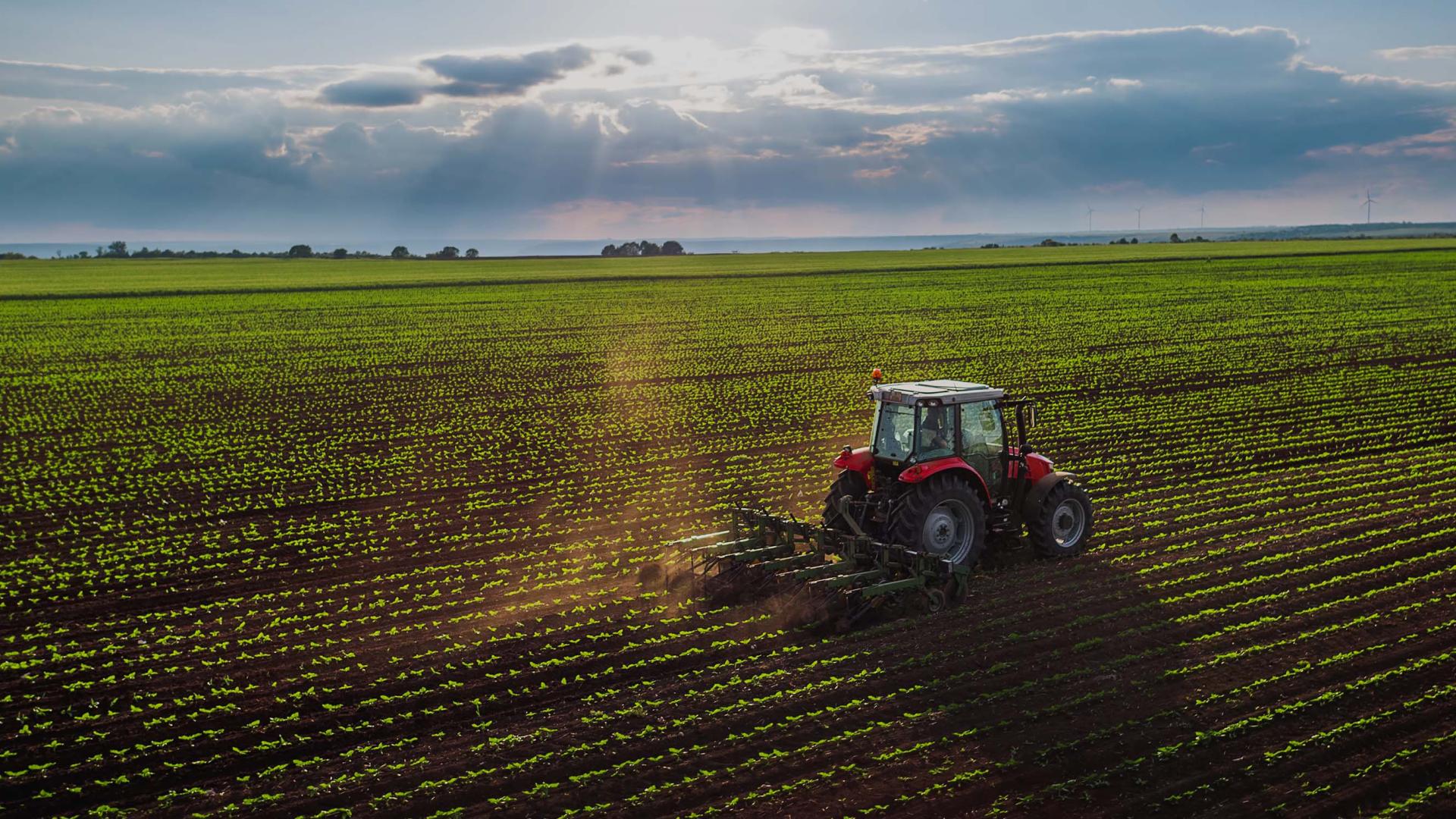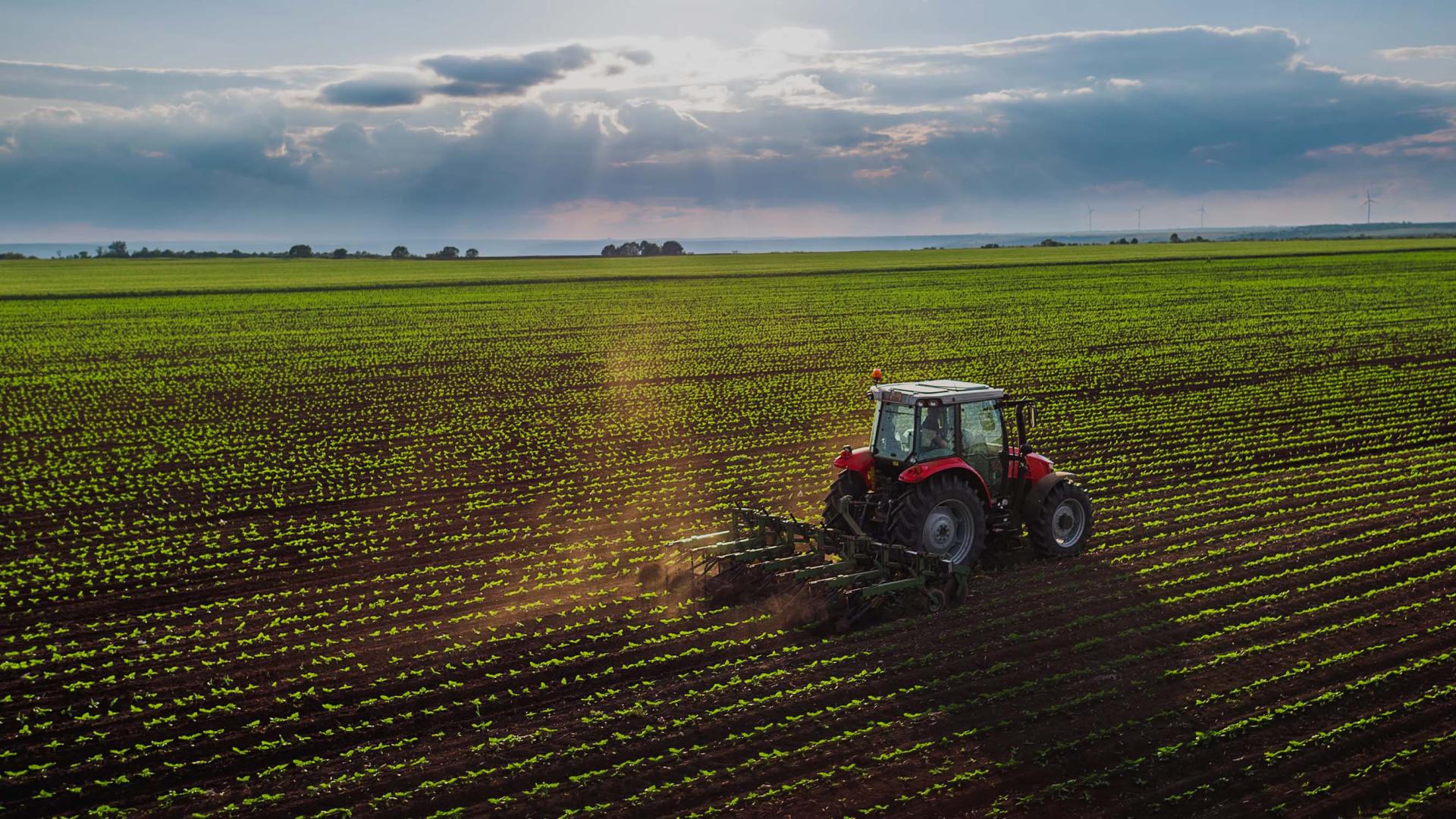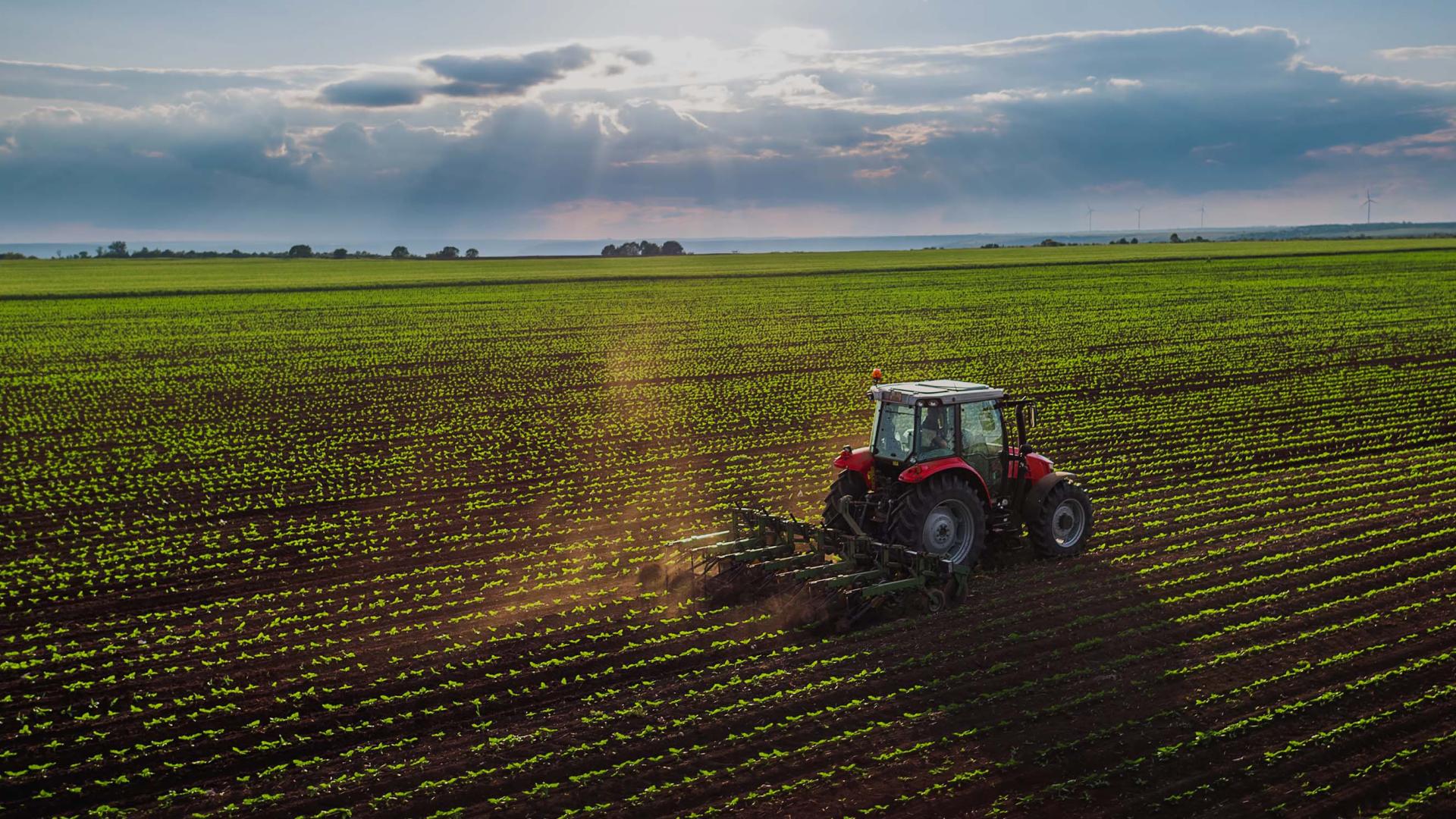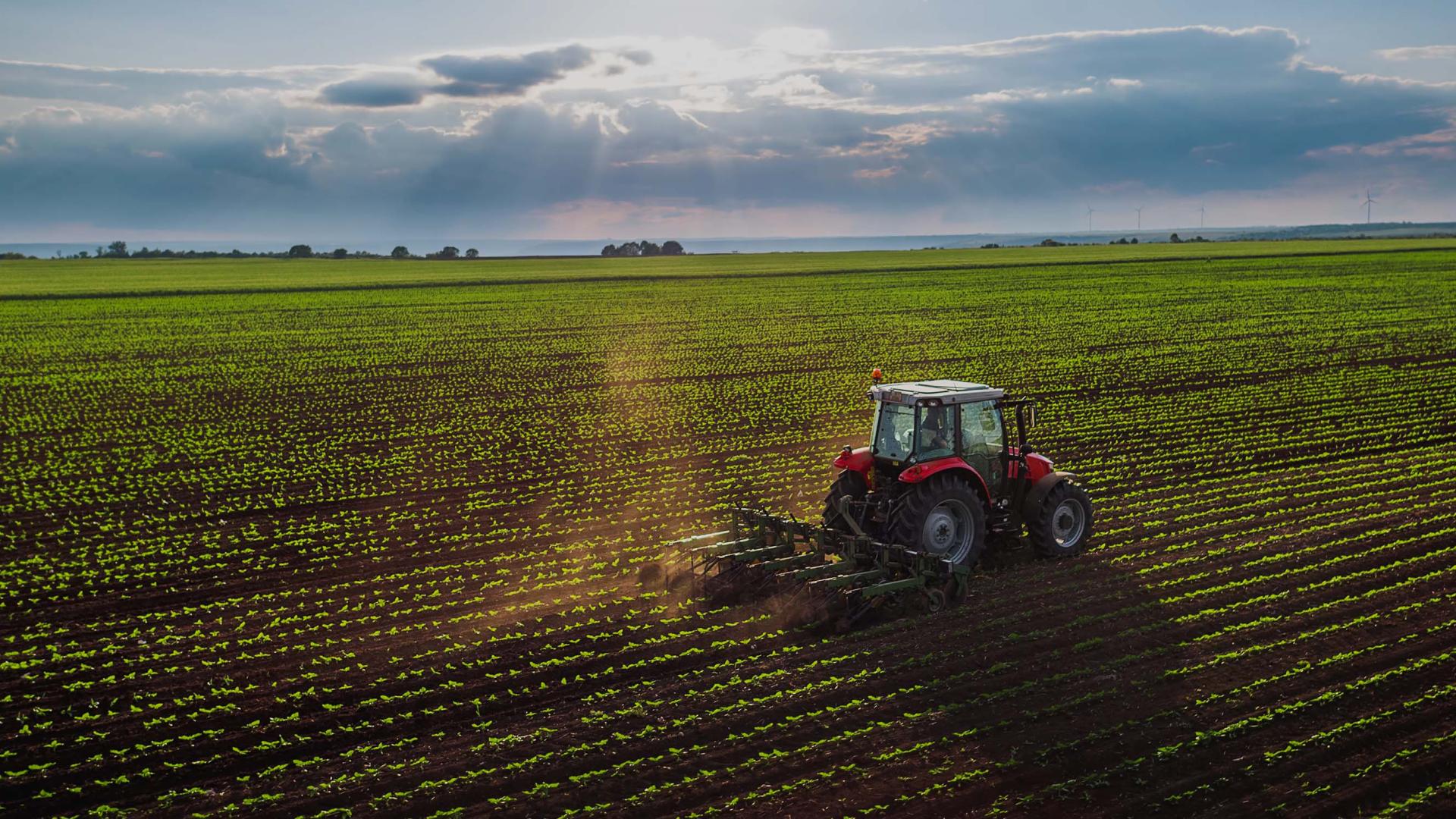Farm shops represent a unique blend of agricultural production and retail commerce, creating distinctive insurance needs that standard bus…
Hill Farm Insurance: Complete Guide to Protecting Your Upland Agricultural Business
Hill farming presents unique challenges and risks that standard agricultural insurance may not adequately cover. From extreme weather conditions to specialized livestock management, hill farms require tailored insurance solutions that understand the complexities of upland agriculture.
Understanding Hill Farm Insurance
Hill farm insurance is specialized agricultural coverage designed for farms operating in upland areas, typically above 300 meters elevation. These operations face distinct challenges including harsh weather conditions, difficult terrain, seasonal access issues, and specialized livestock breeds adapted to mountain environments.
Key Coverage Areas
- Livestock Protection: Coverage for sheep, cattle, and other animals adapted to hill farming
- Property Insurance: Buildings, equipment, and infrastructure in challenging terrain
- Business Interruption: Protection against income loss from weather-related disruptions
- Public Liability: Coverage for visitors, ramblers, and public access issues
- Equipment Coverage: Specialized machinery for hill farming operations
Unique Risks Facing Hill Farms
Weather-Related Challenges
Hill farms are particularly vulnerable to extreme weather conditions that can devastate operations:
- Heavy Snow: Can trap livestock and prevent access for weeks
- Flooding: Flash floods in valleys can cause significant property damage
- High Winds: Can damage buildings and fencing across exposed terrain
- Extended Winters: Longer feeding periods increase costs and risks
Livestock Specific Risks
Hill farming livestock face unique challenges requiring specialized coverage:
- Predator Attacks: Foxes, birds of prey, and dogs pose constant threats
- Disease Outbreaks: Isolation can delay veterinary care
- Gathering Difficulties: Terrain makes regular health checks challenging
- Breed-Specific Issues: Hardy breeds may have different insurance valuations
Access and Infrastructure Challenges
- Remote Locations: Emergency services may have delayed response times
- Poor Road Access: Can affect feed deliveries and livestock transport
- Utility Disruptions: Power and water supplies more vulnerable to weather
- Communication Issues: Poor mobile and internet coverage
Essential Insurance Components for Hill Farms
Livestock Insurance
Comprehensive livestock coverage should include:
- Death by Accident or Disease: Including weather-related mortality
- Emergency Slaughter: Coverage for animals requiring immediate slaughter
- Theft Protection: Particularly important for remote locations
- Transit Coverage: Protection during movement to markets or other farms
- Breeding Stock: Higher value coverage for pedigree animals
Property and Buildings Coverage
Hill farm buildings face unique stresses requiring appropriate coverage:
- Stone Walls and Traditional Buildings: Specialized repair costs
- Modern Agricultural Buildings: Designed to withstand hill conditions
- Fencing and Gates: Essential for livestock management
- Water Systems: Pipes and troughs vulnerable to freezing
- Access Roads and Tracks: Critical infrastructure for farm operations
Equipment and Machinery
Specialized equipment coverage includes:
- All-Terrain Vehicles: Essential for hill farm access
- Specialized Tractors: Equipment designed for steep terrain
- Handling Equipment: Crushes, weighing systems, and sheep handling facilities
- Feed Equipment: Storage and distribution systems
- Fencing Tools: Specialized equipment for boundary maintenance
Business Interruption Protection
Hill farms are particularly vulnerable to business interruption due to:
- Weather Disruptions: Extended periods of inaccessibility
- Disease Outbreaks: Movement restrictions affecting sales
- Infrastructure Failures: Road closures or utility disruptions
- Market Access Issues: Transport difficulties affecting sales
Coverage Should Include:
- Loss of income during disruption periods
- Additional costs for alternative arrangements
- Feed and accommodation costs for stranded livestock
- Emergency veterinary and care expenses
Public Liability Considerations
Hill farms often deal with public access issues requiring comprehensive liability coverage:
- Right of Way Access: Footpaths and bridleways crossing farm land
- Visitor Injuries: Tourists and ramblers on farm property
- Livestock Interactions: Cattle and sheep encounters with public
- Dog Walking Issues: Conflicts between farm animals and pets
- Vehicle Access: Farm vehicles on public roads
Seasonal Considerations
Winter Preparations
- Feed Storage: Adequate supplies for extended feeding periods
- Shelter Provision: Protection for livestock during severe weather
- Emergency Planning: Procedures for accessing stranded animals
- Equipment Readiness: Snow clearance and emergency equipment
Lambing and Calving Seasons
- Increased Supervision: Higher labor costs and risks
- Veterinary Access: Emergency care in remote locations
- Weather Vulnerability: New births during harsh conditions
- Predator Risks: Increased vulnerability of young animals
Government Schemes and Support
Hill farmers may be eligible for various government support schemes:
- Hill Farm Allowance: Payments for farming in disadvantaged areas
- Environmental Stewardship: Payments for conservation activities
- Countryside Stewardship: Support for environmental management
- Disaster Relief: Emergency support during severe weather events
Risk Management Strategies
Prevention Measures
- Regular Health Monitoring: Preventive veterinary care programs
- Predator Deterrents: Fencing, lighting, and guardian animals
- Weather Monitoring: Early warning systems for severe conditions
- Emergency Supplies: Feed, fuel, and medical supplies stockpiling
Technology Solutions
- GPS Tracking: Livestock location monitoring
- Weather Stations: On-farm meteorological monitoring
- Communication Systems: Satellite phones and radio systems
- Remote Monitoring: Cameras and sensors for distant areas
Choosing the Right Insurance Provider
Key Factors to Consider
- Agricultural Expertise: Understanding of hill farming challenges
- Local Knowledge: Familiarity with regional conditions and risks
- Claims Experience: Track record of fair and prompt settlements
- Flexible Coverage: Ability to adapt policies to specific needs
- Emergency Support: 24/7 claims reporting and assistance
Questions to Ask Potential Insurers
- Do you have experience with hill farming operations?
- How do you handle weather-related claims?
- What emergency support services do you provide?
- Can you provide references from other hill farmers?
- How quickly can claims be processed and settled?
Cost Factors and Premium Considerations
Several factors influence hill farm insurance premiums:
- Location Risk: Elevation, weather patterns, and accessibility
- Farm Size: Acreage and number of livestock
- Building Values: Replacement costs for structures
- Claims History: Previous losses and risk management
- Security Measures: Theft prevention and risk reduction
Claims Process for Hill Farms
Immediate Steps After a Loss
- Ensure Safety: Secure the area and prevent further damage
- Contact Insurer: Report the claim as soon as possible
- Document Evidence: Photographs and detailed records
- Preserve Evidence: Don't dispose of damaged property
- Mitigate Further Loss: Take reasonable steps to prevent additional damage
Common Claim Challenges
- Access Issues: Difficulty for adjusters to reach remote locations
- Weather Delays: Claims processing delayed by conditions
- Valuation Disputes: Disagreements over livestock or property values
- Causation Questions: Determining exact cause of losses
Future Considerations
Climate Change Impacts
Hill farms face increasing challenges from climate change:
- Extreme Weather: More frequent severe weather events
- Changing Patterns: Unpredictable seasonal variations
- Temperature Increases: Effects on traditional hardy breeds
- Precipitation Changes: Drought and flooding risks
Industry Evolution
- Technology Integration: Smart farming and monitoring systems
- Sustainability Focus: Environmental stewardship requirements
- Market Changes: Evolving consumer demands and regulations
- Support Schemes: Changing government policies and payments
Conclusion
Hill farm insurance requires specialized understanding of the unique challenges facing upland agricultural operations. From extreme weather conditions to remote locations and specialized livestock, these farms need comprehensive coverage that addresses their specific risks.
Working with an experienced agricultural insurer who understands hill farming is essential for adequate protection. The right insurance partner will provide not just coverage, but also risk management advice and emergency support when needed most.
As climate change and industry evolution continue to impact hill farming, regular policy reviews and updates ensure continued adequate protection for these vital agricultural operations that maintain our upland landscapes and rural communities.


 0330 127 2333
0330 127 2333

